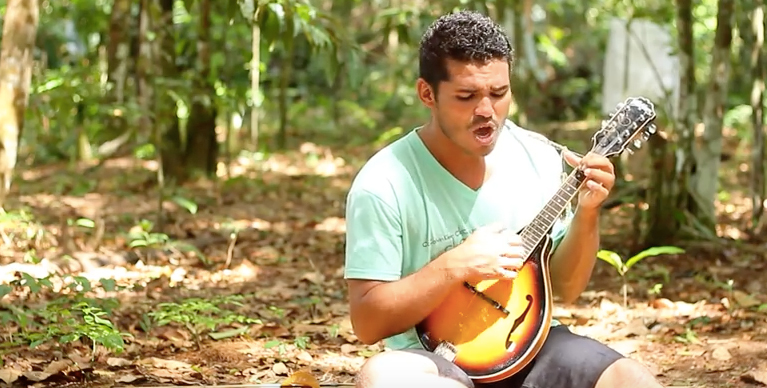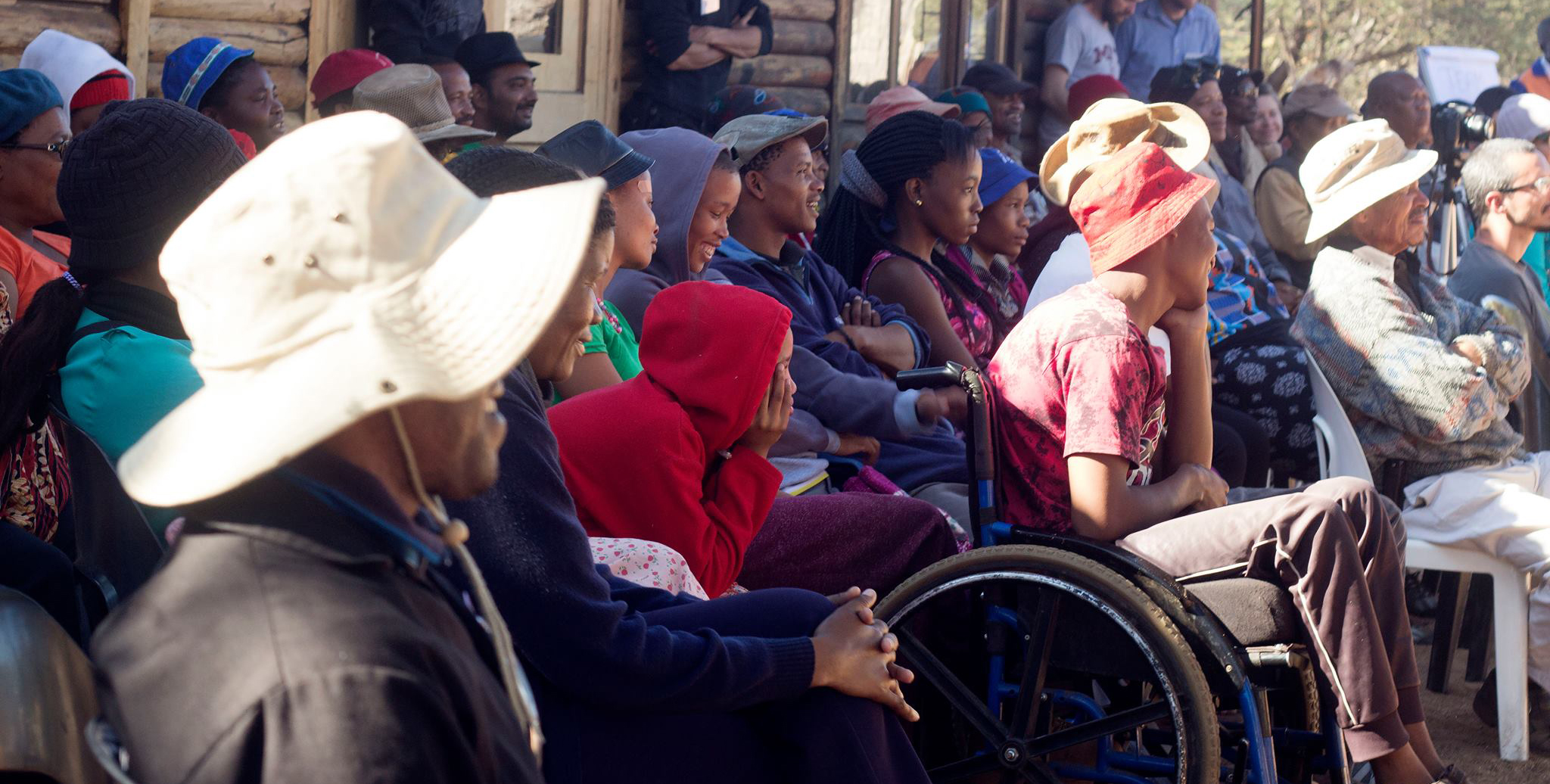Change Hub Brings Design Education Inside the Prisons of Kenya

Approximately five kilometers from the city center of Nairobi is the largest adult women’s prison in Kenya. Despite the restrictions on movement throughout the prison, IDIN Network member Aggrey Mokaya has been able to create an unprecedented makerspace, a studio to bring design thinking to women in the prison.
“About a year ago, we met the officer in charge of the prison, and it was just after I had [attended IDDS Aarogyam in India] so my head was full of ideas, and the one thing she had said was is, ‘We need young people to come in and actually help us. People who see the potential that these ladies have.’” Aggrey recalls. “That is when the idea came to me. During my time at IDDS, actually I had never been to any other kind of maker space workshop, but when I was at IDDS I had so many people talking about maker spaces and all sorts of things that you can do in them. I thought about it and went ‘Why not?’ We can actually make our own makerspace inside.”
Before IDDS, Aggrey, founder of the IDIN-funded innovation center Change Hub, had been working in the public health sector, where he conducted research on alcohol and substance abuse. After the summit, a new chapter of Aggrey’s life began. He left his previous job and set out with a head full of ideas. Today, he supports himself by serving as a lecturer at the University of Eastern Africa, Baraton and by running his own consulting firm, in order to give himself the support he needs to dedicate his time to developing Change Hub.
At this moment, the makerspace within the prison is very small. Aggrey has only been given a small room within the women’s prison, capable of holding six students, two prison wardens, and the lead instructor with his assistants. The group has been given the room for three days a week, for three hour time slots. The women are learning about ICT and web design from Ong'uti Mang'are, who has experience as both a lawyer and a software engineer. Change Hub is working to showcase the capabilities of the women, by applying the skills that the women learn in the makerspace to build the website of the prison, making them indispensable to the institution itself.
“Sometimes we are not able to go due to scheduling things. When we go the next day, the wardens tell us that the [women] have really been on their case, and they have convinced the person in charge that we have to get extra hours the next time we come, to cover up the time that we have missed. They are very enthusiastic about it,” Aggrey says.
The success of the project hinges on finding partners that can see beyond the concept of monetary gains. There is very little opportunity to profit financially from the prison, but there is a great chance to empower people to support themselves moving forward, especially when reintegrating into daily life.
“It's not just about the money but being able to actually transfer some knowledge and skill to somebody so that they can stand on their own two feet. It's a gift that keeps on giving,” Aggrey explains.
The enthusiasm behind the program has encouraged Aggrey to seek the chance to expand makerspaces into further subjects beyond web design and ICT, as well as expanding further into the prison system of Kenya. They’re trying to work with IDIN Network members Karl Heinz Tondo and Roy Ombatti, co-founders of African Born 3D Printing, to get a 3D printer for the prisons to teach people how to assemble the printers themselves and apply 3D printing to their projects. On top of all of that, there is an opportunity to create a makerspace inside the largest male prison in Nairobi, which could potentially provide a classroom large enough to reach dozens of students, beyond the six that are working with them today.
The development model of Aggrey’s makerspace is incredibly sustainable as well. Outside of the initial setup cost, the price of upkeep is minimal, since any utilities required to maintain the space is provided by the prison itself. Without adding overhead costs, the majority of the investment in Aggrey’s project can go directly towards the makerspace content itself, creating a more robust and applicable means of delivering design teachings, so that one day the students can support themselves with their ingenuity once their sentences are complete.






